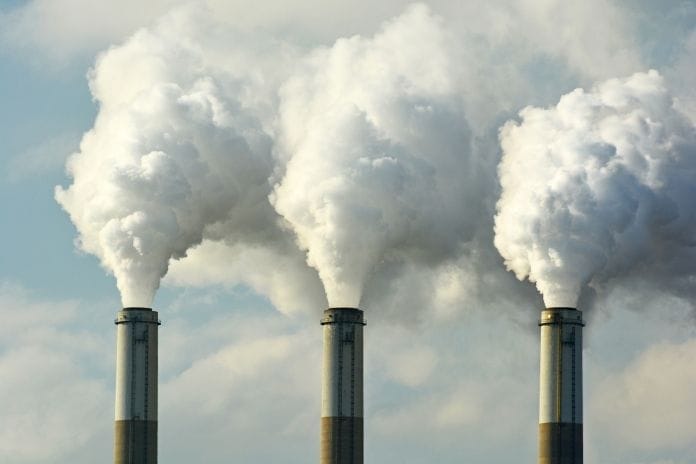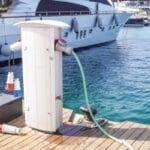Air pollution is something we’ve needed to monitor for some time, but it has recently become a more cemented concern in the public consciousness. Many people constantly work to remain aware of the environmental state of the planet. In order to protect air quality, one must understand what goes into the measuring of pollution in the air. To learn about some of the main ways we can monitor air pollution, read below.
OAQPS and the NAAQS
All monitoring of air pollution in the U.S. begins with the Environmental Protection Agency (EPA). The Clean Air Act mandates that the EPA’s Office of Air Quality Planning and Standards (OAQPS) is responsible for setting the National Ambient Air Quality Standards (NAAQS), which regulate harmful pollutants that are toxic to people and the environment. The OAQPS enforces a strict set of standards for air quality that must be met at state and federal levels. These primary standards protect the public from adverse health effects. Secondary standards offer protection to welfare effects, including damage to farm crops, vegetation, and even buildings. The OAPQS also monitors regions for the six criteria pollutants: carbon monoxide, nitrogen dioxide, lead, ozone, particulate matter, and sulfur dioxide.
Devices That Monitor Air Pollution
One of the main ways we can monitor air pollution is using different air quality meters. Various kinds have been developed to measure different types of air quality. The simplest of these devices are good for measuring the air quality in a home. Other types are better for slightly larger settings, such as schools and office buildings. Some designs, such as a PCE-RCM 15, are designed to check for specific things such as formaldehyde, humidity, and temperature. Other facilities—such as power plants—require special meters that have to be calibrated for EPA protocol gases. One of the important things to know about EPA protocol gases is that they’re used to determine whether continuous monitoring systems are measuring pollutant concentrations accurately.
Data Analysis at Monitoring Station
Another useful way that the EPA ensures high-level monitoring of air quality is with air monitoring stations. The stations are generally small structures in which special devices are installed to measure the pollutant levels in the open air. These stations are specially designed to remain at the same temperatures as the monitoring devices. Specialists decide where these stations should be placed by thoroughly assessing the geography of the region. This includes noting the area size, population density, pollutions sources, and wind patterns.








































